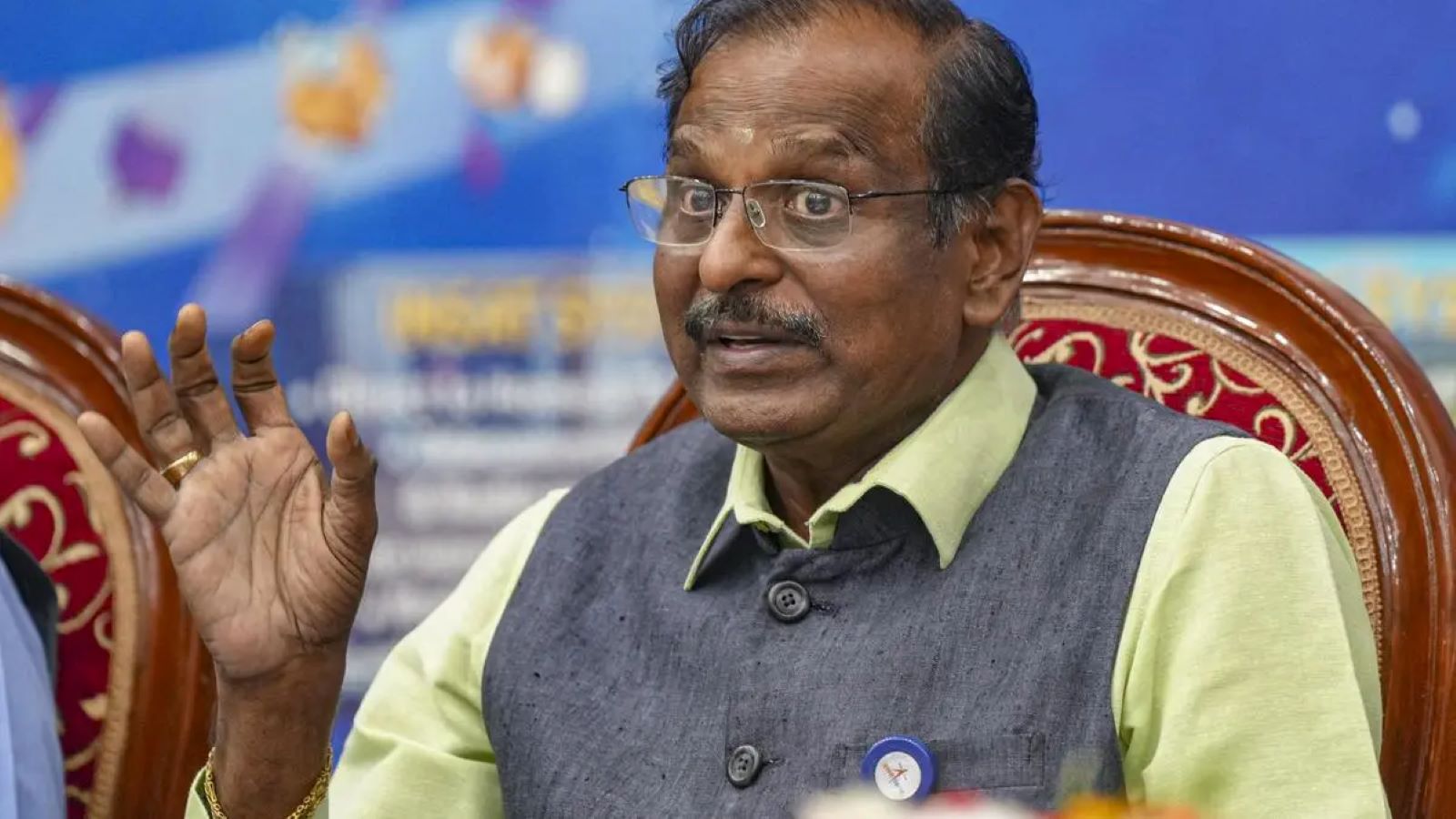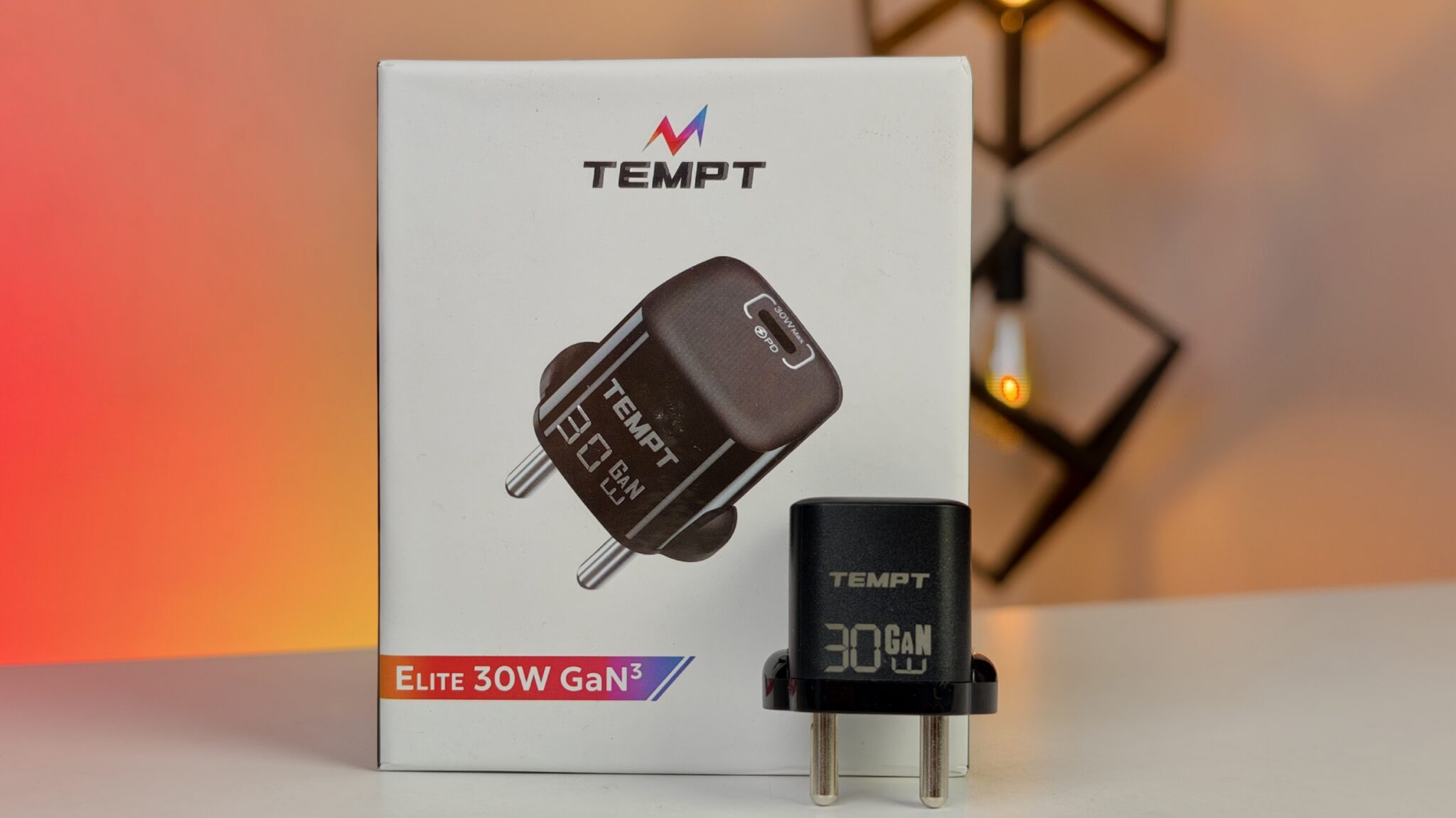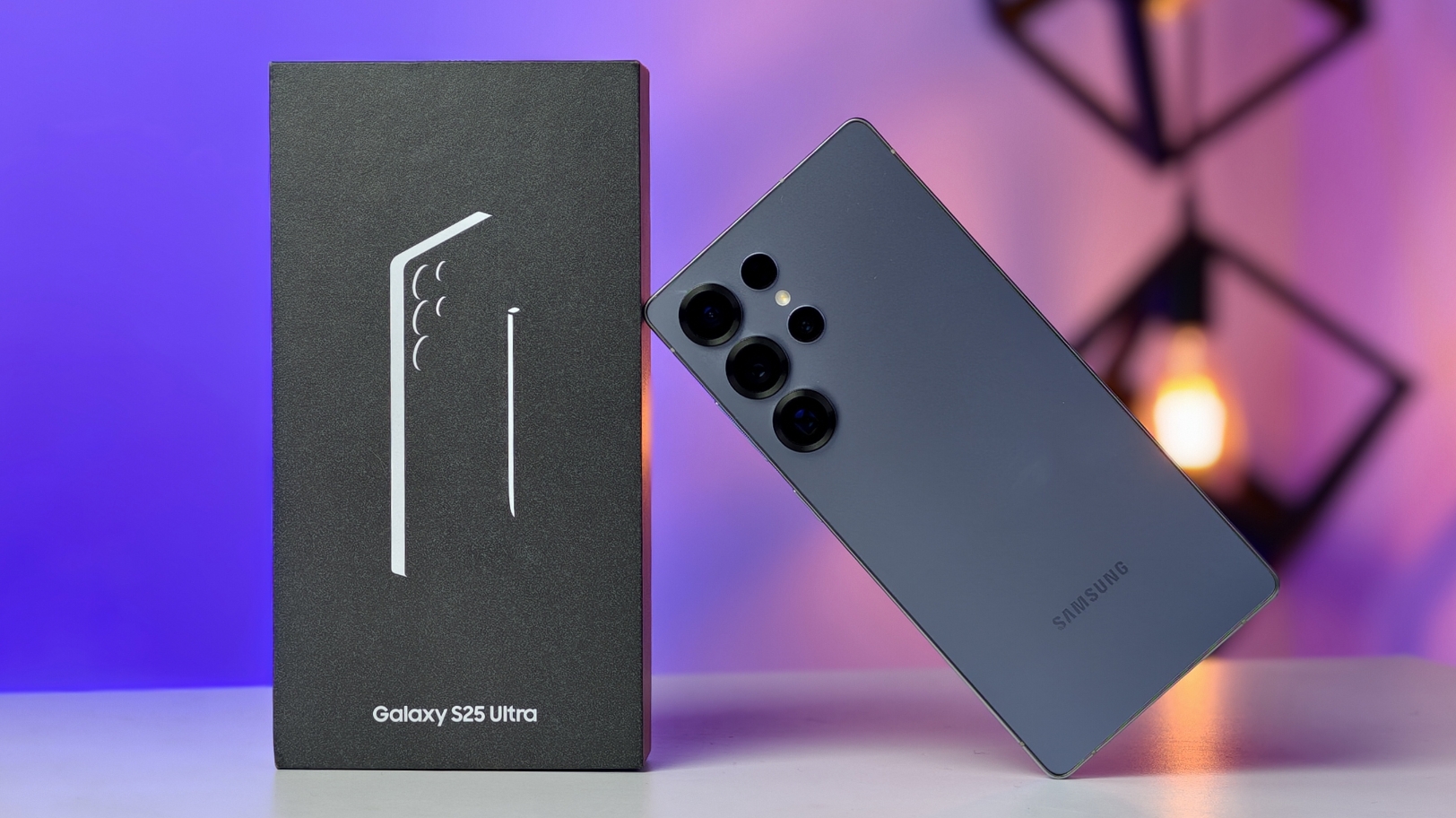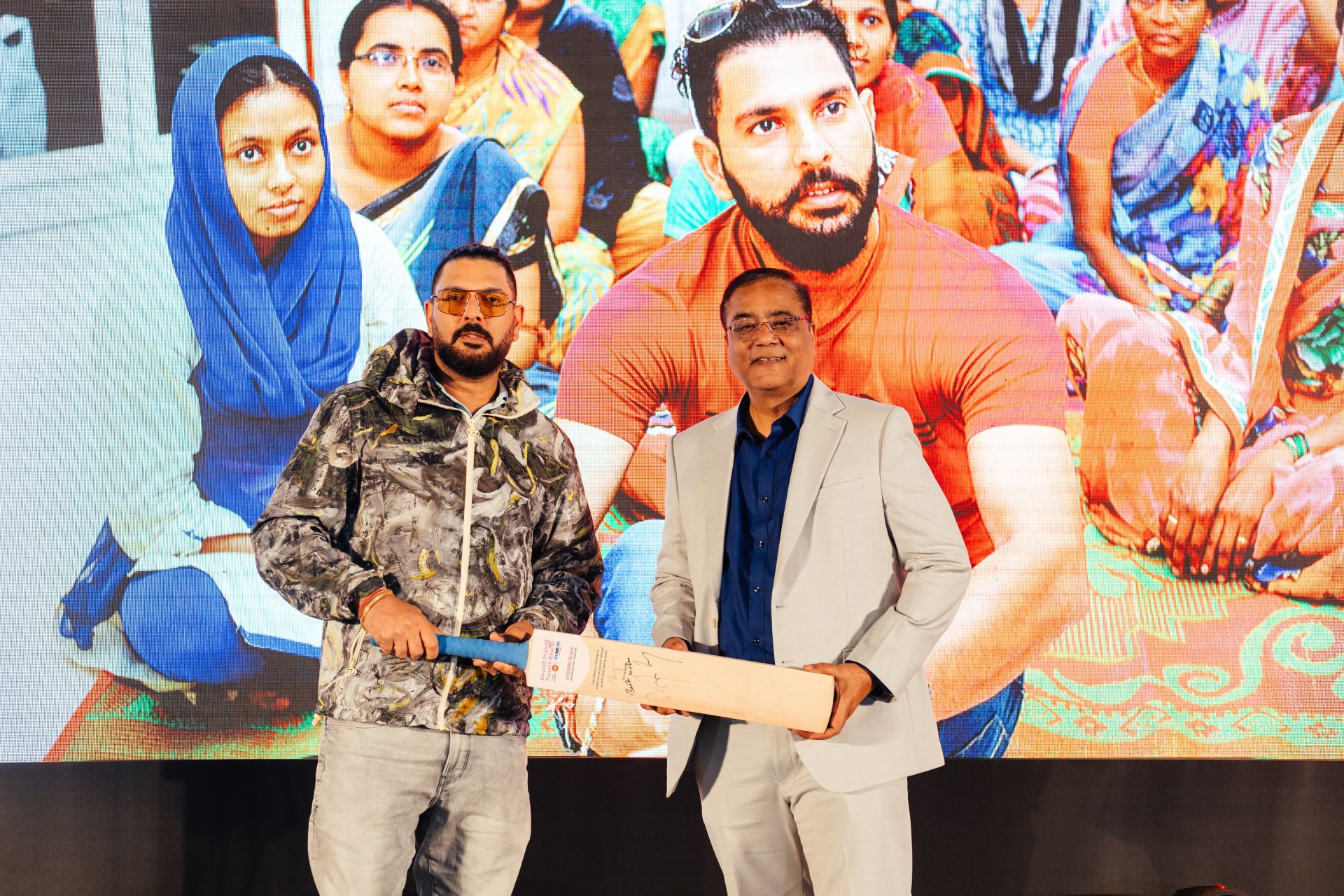The Indian Space Research Organisation (ISRO) is gearing up to launch the CMS-03 communication satellite for the Indian Navy on November 2, as confirmed by ISRO Chairman V Narayanan. Speaking in Bengaluru, Narayanan mentioned that the satellite, also known as GSAT-7R, is in excellent condition and ready for its scheduled lift-off. The mission will use India’s heavy-lift launch vehicle, the LVM-3 (Launch Vehicle Mark-3), to place the satellite into a geostationary orbit. This launch is expected to play a vital role in strengthening India’s maritime security network.
Key Takeaways
- Launch Date: CMS-03 is scheduled for launch on November 2, 2025.
- Launch Vehicle: The satellite will be launched aboard the LVM-3 (Launch Vehicle Mark-3) rocket.
- Satellite Function: CMS-03 (GSAT-7R) is a dedicated military communication satellite for the Indian Navy.
- Objective: The satellite will provide secure, real-time communication for naval assets across the Indian Ocean Region.
- Mass and Life: The satellite weighs approximately 2,650 kg and has a designed mission life of seven years.
Boosting India’s Maritime Communication Network
The CMS-03 satellite represents a major advancement for India’s defense communication capabilities, particularly in support of the Indian Navy’s network-centric operations. It will serve as a successor to the GSAT-7 (Rukmini) satellite, which was launched in 2013 and has continued to function well beyond its intended ten-year lifespan.
Funded by the Ministry of Defence, CMS-03 will provide continuous, reliable, and secure communication links for various naval operations. This includes ensuring seamless connectivity between warships, submarines, aircraft, and shore-based command centers. Such capability is essential for surveillance, reconnaissance, navigation, and weather monitoring across the vast Indian Ocean Region.
The satellite is equipped with multiple frequency bands, including UHF, S, C, and Ku, designed to handle high data rates for voice, video, and data transmissions. This will allow communication to remain clear and resistant to interference even under challenging maritime conditions, with coverage extending up to 2,000 km from India’s coastline.
LVM-3 Rocket Continues Its Busy Schedule
This launch marks the fifth operational flight of the LVM-3 rocket, formerly known as GSLV-Mk III. The LVM-3 has built a strong reputation as ISRO’s most dependable heavy-lift vehicle, having previously carried out major missions like Chandrayaan-2 and Chandrayaan-3 with success.
Chairman Narayanan also revealed that another LVM-3 mission is planned for the first week of December. This upcoming flight will be a commercial launch carrying the BlueBird-6 satellite, a 6.5-tonne communication satellite for a private US company. It’s a clear sign of ISRO’s growing footprint in the global commercial launch market, something India has been steadily strengthening over the past few years.
Updates on India’s Space Future
During his address, Narayanan also shared progress updates on several ongoing and future space missions. He noted that the joint NASA-ISRO Synthetic Aperture Radar (NISAR) satellite, launched in July, is functioning well and will become operational soon.
Regarding the Gaganyaan mission, India’s first human spaceflight project, Narayanan said that nearly 90 percent of the work has been completed. The mission aims to send three astronauts into low-Earth orbit for three days, with the target launch year set for 2027. This will follow a few uncrewed test missions that are already in the pipeline.
He also highlighted ongoing work on the NavIC satellite navigation system, India’s indigenous alternative to GPS. Three new satellites are expected to be launched within the next 18 months, completing the full constellation.
Altogether, these developments reflect India’s determined push toward becoming a major space power, one that not only supports its defense sector but also continues to expand its scientific and commercial reach beyond Earth.
Related FAQs
Q. What is the CMS-03 satellite?
A. The CMS-03, also named GSAT-7R, is a heavy-lift military communication satellite developed by ISRO for the Indian Navy. Its purpose is to replace the old GSAT-7 (Rukmini) satellite and provide secure, high-capacity communication services to Indian naval assets across the Indian Ocean Region.
Q. What is the Launch Vehicle Mark-3 (LVM-3)?
A. The LVM-3 is ISRO’s heavy-lift launch vehicle, capable of carrying satellites up to 4,000 kg to Geostationary Transfer Orbit (GTO). It is a three-stage rocket, with two solid motor strap-ons, a liquid propellant core stage, and a cryogenic upper stage.
Q. What is the significance of the CMS-03 satellite for India’s defense?
A. CMS-03 provides a dedicated, reliable, and jam-proof communication network for the Indian Navy. This network is essential for real-time data sharing, command and control, surveillance, and coordinated operations involving ships, submarines, and aircraft far out at sea.
Q. Who is the current Chairman of ISRO?
A. The current Chairman of ISRO is V. Narayanan, who also serves as the Secretary of the Department of Space.
Q. What is the NavIC system?
A. NavIC, short for Navigation with Indian Constellation, is India’s own regional satellite navigation system. It provides accurate real-time positioning and timing services to users across India and a region extending up to 1,500 km around the Indian mainland.



















